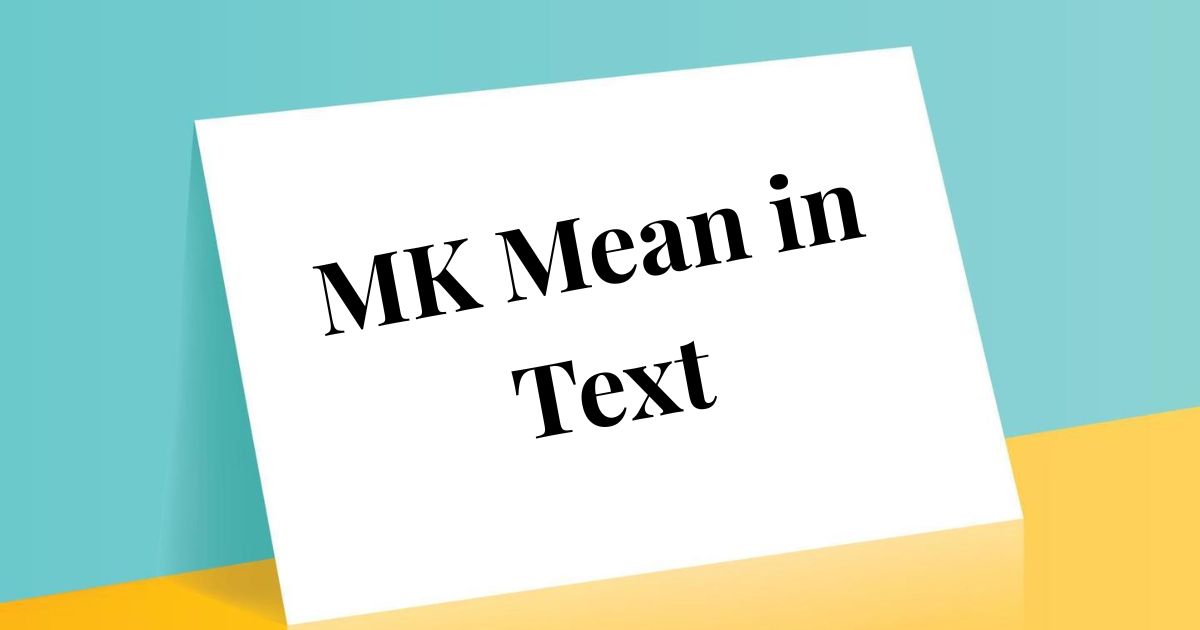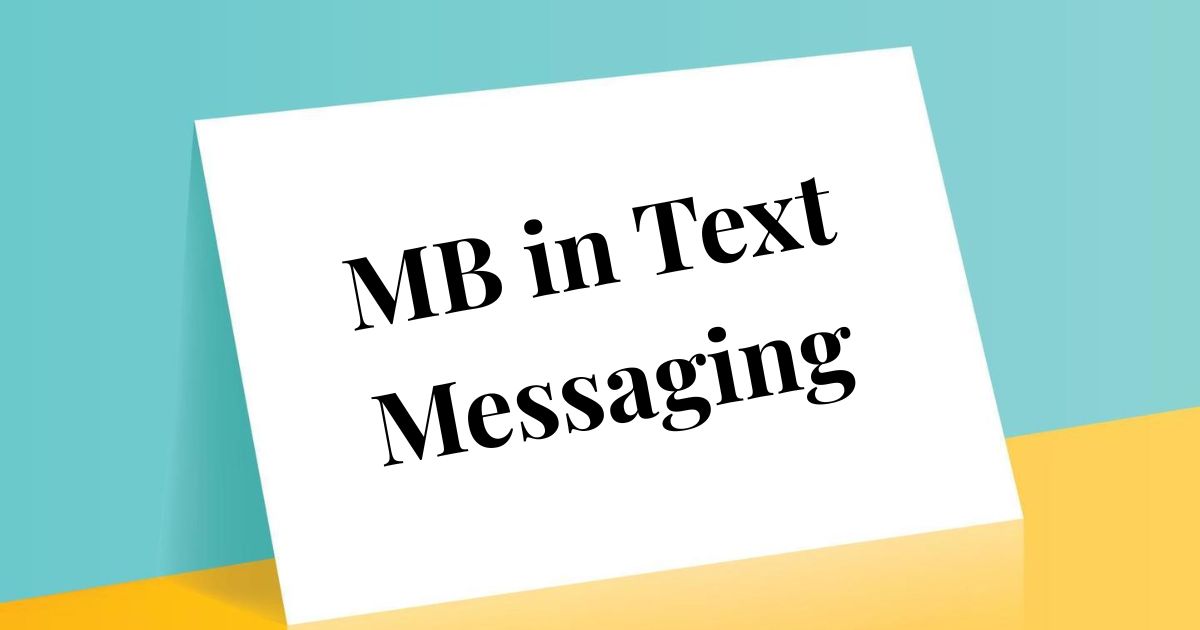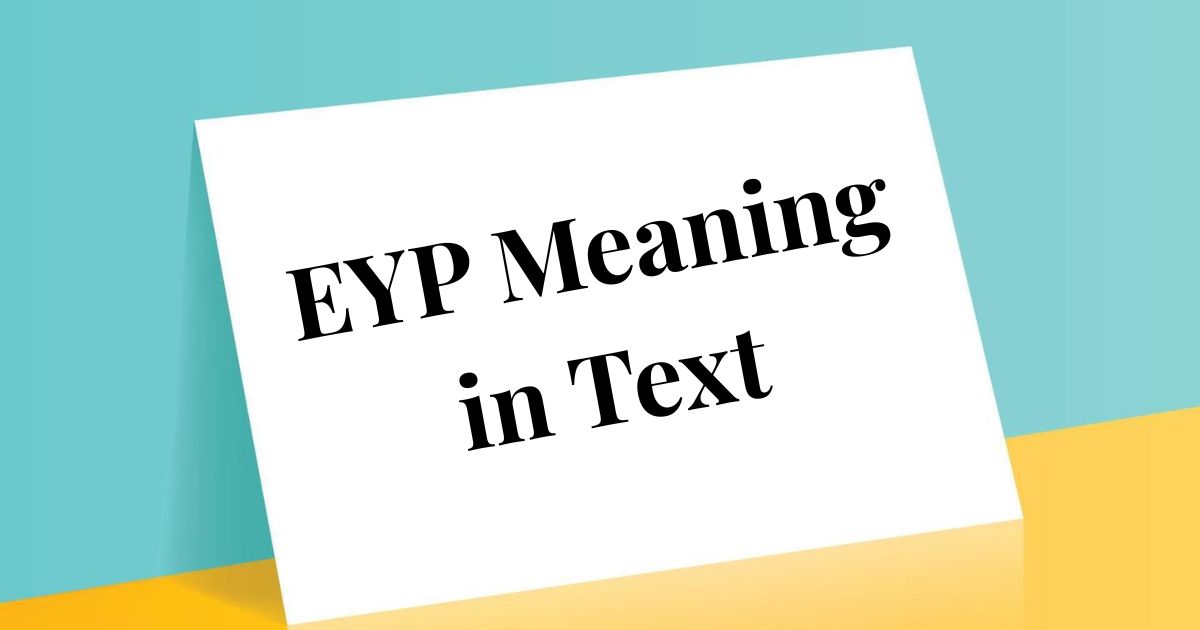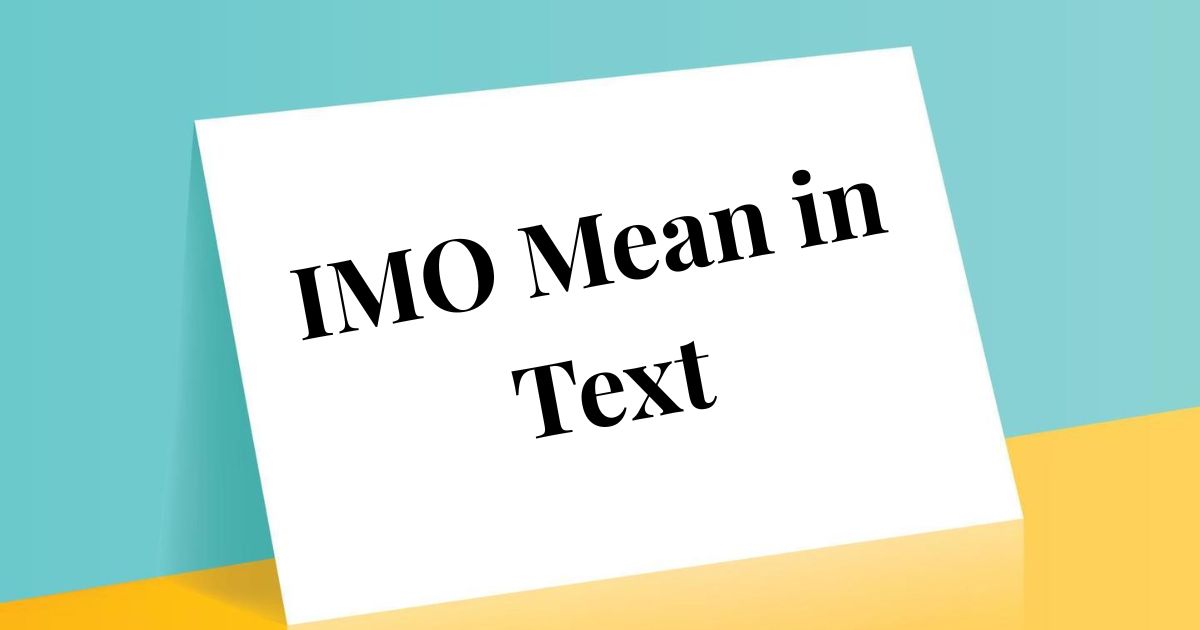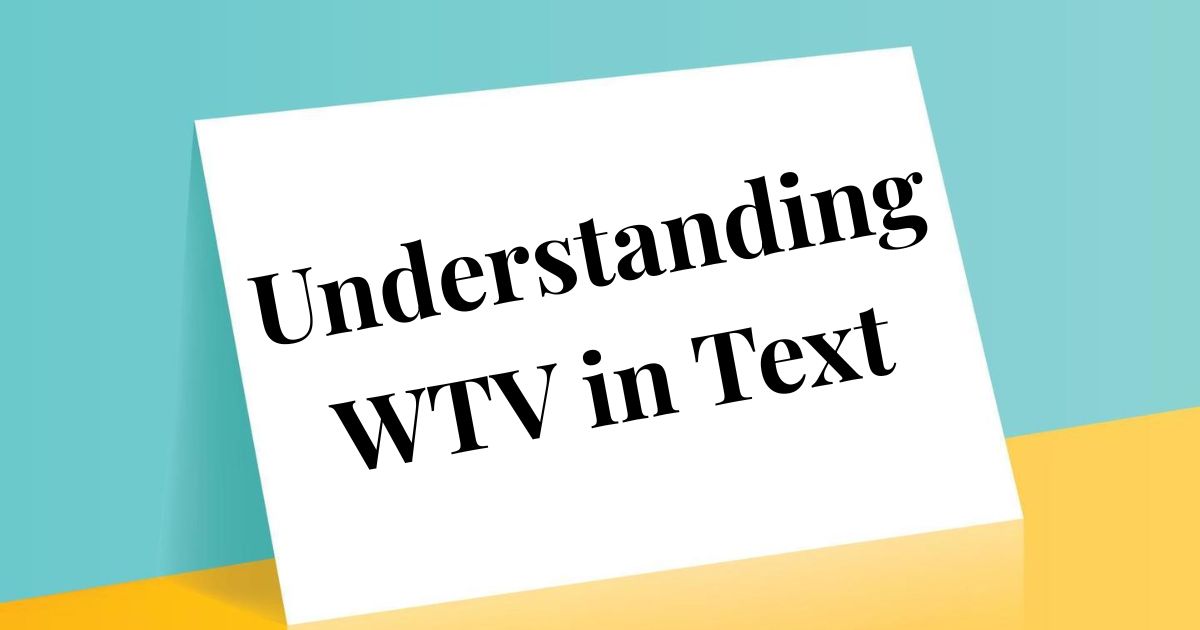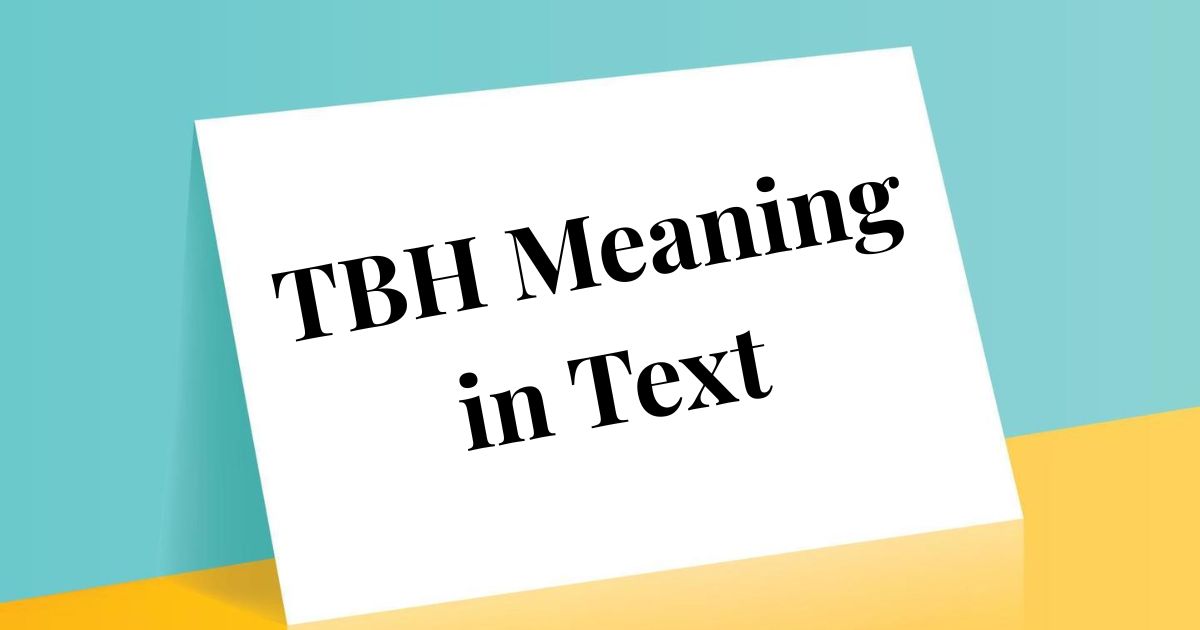Digital communication evolves through distinct eras, and ASL represents one of the internet’s oldest abbreviations—yet its meaning, appropriateness, and cultural baggage have transformed dramatically since its 1990s origins. Whether you’ve encountered this three-letter question in online spaces, wondered if using it seems outdated or creepy, or need to understand how to respond when someone asks you ASL, grasping what this abbreviation actually means—and recognizing its complex reputation in modern communication—can help you navigate digital interactions with appropriate awareness that protects both your safety and your social standing across every online community you engage with.
What Does ASL Stand For in Text?
ASL stands for “Age, Sex, Location” in internet communication.
This three-letter abbreviation functions as a rapid demographic inquiry asking three personal information points simultaneously in a single question.
Think of ASL as shorthand for “How old are you, what’s your gender, and where are you located?”
The phrase emerged during the early internet era of the late 1990s and early 2000s when chat rooms dominated online social interaction.
ASL breaks down as:
A = Age: “How old are you?” seeking to understand generational context and appropriateness of conversation
S = Sex: “What’s your gender?” asking about biological sex or gender identity (though original usage focused on binary sex)
L = Location: “Where are you from?” or “Where do you live?” seeking geographical information from city to country level
According to internet historians, ASL became ubiquitous in AOL chat rooms, Yahoo! Messenger, and early instant messaging platforms where strangers meeting online needed quick ways to establish basic compatibility and conversation appropriateness.
The typical ASL exchange looked like:
Person A: “ASL?”
Person B: “16/F/California, u?”
Person A: “17/M/New York”
This efficient exchange established ages were peer-appropriate, introduced gender for potential romantic context awareness, and revealed geographical distance or proximity.
However, ASL’s reputation has deteriorated significantly since its 1990s-2000s heyday for several important reasons we’ll explore.
Why It’s Important to Understand the Tone and Context of ASL
ASL carries substantial cultural baggage in 2025 that makes its usage complex and often inappropriate.
The abbreviation’s reputation problems stem from its historical association with:
Predatory behavior: ASL became notorious in the 2000s for use by adults targeting minors in chat rooms, with news coverage regularly featuring ASL as warning sign of online predator activity.
Outdated internet culture: Using ASL in 2025 signals unfamiliarity with modern communication norms—it reads like someone stuck in 2003.
Privacy invasion: Immediately asking age, sex, and location from strangers violates contemporary digital safety awareness and boundary norms.
Creepy vibes: ASL’s predator associations mean using it now—especially with younger people—triggers immediate danger signals.
Superficial interaction: Modern social media provides profile information making ASL questions redundant; asking anyway suggests you haven’t checked profiles.
According to digital safety experts at the National Center for Missing & Exploited Children, ASL remains on warning lists of phrases indicating potential predatory behavior in online spaces—parents teach children to be wary when strangers ask ASL.
Consider These Factors:
Platform context: ASL might appear occasionally on anonymous platforms like Omegle or Chatroulette where no profiles exist, but even there it carries dated connotations.
Relationship stage: Asking ASL immediately upon meeting someone online reads as invasive; getting to know people organically through conversation works better.
Safety implications: Sharing precise location with strangers creates genuine safety risks; responsible digital citizenship means never asking for or sharing detailed location with unknown people.
Cultural associations: ASL is so strongly linked to early-2000s chat culture that using it unironically marks you as either very old-school or dangerously unaware of its reputation.
Alternative methods: Modern platforms provide profile information, gradual conversation reveals demographic details naturally, and direct questions work better than abbreviation overload.
Research from Pew Research Center’s 2024 Online Safety Study found that 83% of Americans aged 18-34 view immediate demographic questioning from strangers as “concerning” or “inappropriate,” with ASL specifically mentioned by 67% as “outdated and potentially creepy.”
Understanding ASL’s baggage matters because using it inappropriately can make you seem predatory, creepy, or hopelessly outdated—none of which helps you build genuine online connections.
What ASL Does Not Mean (And Why It Matters)
ASL’s ambiguity creates confusion because the same letters mean completely different things in other contexts:
American Sign Language: The primary language of the Deaf community in North America—this is ASL’s most important and widely-known meaning in 2025.
Above Sea Level: Geographical or topographical term referring to altitude measurement.
Athletic Supporter League: Various sports organization acronyms.
Average Season Length: Statistical term in various analytical contexts.
This acronym collision means context determines everything:
If someone mentions ASL in disability rights discussions, they mean American Sign Language—asking “Age, Sex, Location?” would be wildly inappropriate and offensive.
If someone mentions ASL in hiking contexts, they mean altitude—interpreting it as demographic inquiry makes no sense.
If someone uses ASL in anonymous chat contexts, they likely mean Age/Sex/Location—though even there, it’s becoming less common.
According to linguistic research from Georgetown University, acronym ambiguity causes communication failures in approximately 12% of digital exchanges where abbreviations appear without sufficient context.
Why this ambiguity matters:
Respect for Deaf community: American Sign Language represents the primary meaning of ASL in most 2025 contexts—treating it as just “age/sex/location” shows ignorance of Deaf culture.
Professional confusion: Business contexts might use ASL for industry-specific meanings—assuming demographic inquiry could create embarrassing misunderstandings.
Context-reading skills: Successful communicators recognize which meaning applies—this demonstrates digital literacy and cultural awareness.
Clarity over efficiency: When meaning might be ambiguous, spelling out what you mean prevents confusion and potential offense.
Always ensure context makes your meaning clear—and when discussing American Sign Language, use the full phrase or make context obvious to avoid any confusion with the outdated chat abbreviation.
Alternatives to Using “ASL” in a Polite, Casual, or Professional Tone
ASL has extremely limited appropriate usage in 2025—almost all situations benefit from clearer, less creepy alternatives.
✅ Polite Alternatives:
“I’d love to get to know you better. Would you mind sharing a bit about yourself?”
Invites them to share what they’re comfortable with rather than demanding specific demographic data.
“What brings you to this platform/community?”
Focuses on shared interests rather than personal demographics—builds connection through common ground.
“Feel free to share whatever you’re comfortable with about yourself.”
Explicitly respects boundaries while inviting self-introduction on their terms.
“I’m [your age range] from [your general location]. Happy to chat about [topic]—how about you?”
Models disclosure first, focuses on interests over demographics, shows you’re real person not collecting data.
“Would you be open to chatting about [specific topic]? I’m always interested in meeting people who share this interest.”
Leads with shared interest rather than demographic interrogation—builds better foundation.
✅ Casual Alternatives:
“Hey! What are you into?”
Focuses on interests and hobbies—much better conversation starter than demographic data mining.
“So what’s your story?”
Open-ended invitation to share whatever they want—respects their autonomy in self-presentation.
“Where are you chatting from? I’m in [general region].”
If location matters, ask specifically about that rather than bundling with age and gender questions.
“What brings you here today?”
Platform-specific question that reveals purpose without invasive personal inquiry.
“Cool profile! Tell me more about [specific interest they mentioned].”
Shows you looked at available information before asking questions—demonstrates respect and genuine interest.
✅ Professional Alternatives:
“Could you share a bit about your background as it relates to [topic/project]?”
Focuses on relevant professional information rather than personal demographics.
“I’d be interested to learn about your experience with [specific area].”
Centers professional expertise rather than age/gender/location demographics.
“What’s your professional focus within [industry/field]?”
Asks about work relevance rather than personal details inappropriate for professional contexts.
“How did you become interested in [topic we’re discussing]?”
Builds rapport through shared professional interests rather than demographic categorization.
“I’d value your perspective on [specific issue]—what’s your take?”
Immediately engages with substance rather than wasting time on demographic details irrelevant to professional exchange.
According to LinkedIn’s 2024 Professional Networking Study, professionals who lead with interest-based questions rather than demographic inquiries receive 79% more positive engagement and are 64% more likely to build lasting professional relationships.
How to Respond to “ASL?” Gracefully
Receiving ASL requires reading context to determine appropriate response strategy.
💬 Polite Responses:
“I prefer getting to know people through conversation rather than stats. What are you interested in chatting about?”
Redirects away from demographic interrogation while remaining friendly and conversation-focused.
“I’m here to discuss [platform topic]. What brings you to this community?”
Establishes boundaries around personal information while inviting topic-focused dialogue.
“I’d rather keep some privacy, but happy to talk about [shared interest]. You into that?”
Sets clear boundary while offering alternative connection point that doesn’t require personal disclosure.
“Hey, I’m [age range] if that matters for conversation appropriateness. What would you like to talk about?”
Provides age range if genuinely relevant for determining conversation appropriateness while avoiding location disclosure.
“I’m not comfortable sharing detailed personal info with people I just met. Want to talk about [topic] instead?”
Directly states boundary with friendly alternative—models healthy digital safety practices.
💬 Casual Responses:
“Lol is this 2003? 😂 What are you actually trying to know?”
Humorously calls out ASL’s outdated nature while inviting them to ask what they actually want to know.
“Not doing the ASL thing, but I’m into [interests]. You?”
Declines demographic share while offering interest-based connection alternative.
“I’m a human from Earth who likes [hobby]. That enough info? 😄”
Playfully deflects while establishing you won’t share detailed demographics but remain friendly.
“ASL is so 1999 😅 What are you really asking?”
Points out how dated ASL feels while giving them chance to ask what they actually want to know.
“Rather not share all that with strangers. What’s up though?”
Casual but firm boundary with invitation to continue conversation on better terms.
💬 Professional or Reserved Responses:
“I prefer to keep personal demographics private. How can I help you today?”
Professional boundary setting with immediate redirection to purpose-focused interaction.
“I don’t share personal information with people I haven’t established rapport with. What brings you to this platform?”
Clearly states boundary while remaining polite and offering conversation alternative.
“I’d rather discuss [topic/interest] than personal details. Interested in that?”
Offers substantive alternative to superficial demographic exchange.
“Not comfortable with that question. Was there something specific you wanted to discuss?”
Direct boundary statement without elaboration or apology—perfectly appropriate.
Simply don’t respond
Sometimes no response is the best response—especially if ASL question comes from throwaway account, seems predatory, or appears on platform where you’ve never interacted with this person.
According to online safety experts, you’re never obligated to answer personal questions from strangers—healthy boundaries include simply not responding to invasive or inappropriate inquiries.
When Not to Respond to “ASL?”
Several situations warrant ignoring ASL entirely rather than engaging:
Anonymous or throwaway accounts with no profile information asking ASL immediately—suggests potential catfishing or predatory intent.
Platforms where you’ve shared age/location in profile—asking anyway suggests they didn’t look, which is red flag.
Contexts where conversation hasn’t established any rapport—ASL as literal first message is invasive.
When you feel uncomfortable for any reason—trust your instincts; discomfort is valid reason to disengage.
From accounts that mass-message many people—copy-paste ASL to dozens suggests they’re not interested in genuine connection.
In spaces designated for minors—adults asking ASL in youth-focused spaces is predatory behavior warranting reporting.
When followed by increasingly personal questions—ASL as opener followed by more invasive questions shows unhealthy boundary disrespect.
If the account shows other red flags—stolen photos, inconsistent information, pressure for personal details.
According to FBI’s Internet Crime Complaint Center, immediate personal information requests from strangers rank among top warning signs of online scams, catfishing, or predatory behavior—not responding and potentially reporting protects both yourself and others.
Your safety and comfort matter more than politeness—when something feels wrong, it probably is, and you owe no one your personal information or continued engagement.
The Evolution of ASL in Modern Chat Culture
ASL’s trajectory demonstrates how internet language evolves and falls out of favor:
1990s-early 2000s peak: ASL dominated AOL chat rooms, ICQ, Yahoo Messenger, and early social platforms where profile information didn’t exist and strangers needed quick compatibility checks.
Mid-2000s normalization: ASL became so ubiquitous it was unremarkable—everyone knew what it meant and used it regularly in stranger-to-stranger contexts.
Late 2000s predator associations: News coverage of online predators regularly featured ASL as their opening gambit—parents began warning children about ASL questions.
2010s decline: Rise of social media with robust profiles made ASL redundant—Facebook, Twitter, Instagram provided age/location without asking.
Late 2010s reputation damage: ASL became strongly associated with outdated internet culture and predatory behavior—using it marked you as either very old or very creepy.
2025 near-obsolescence: ASL appears rarely except on fully anonymous platforms, and even there it’s often mocked or refused as invasive and outdated.
According to internet culture researchers at MIT, ASL represents perfect example of how digital language norms evolve—what was once standard becomes dated, then problematic, as platform features, safety awareness, and cultural norms shift.
Modern equivalents don’t exist because contemporary internet culture emphasizes:
Profile-based information sharing where you control what demographics you display
Gradual relationship building where personal details emerge through natural conversation
Interest-based connection where shared hobbies matter more than age/sex/location
Privacy consciousness where sharing detailed location with strangers is recognized as unsafe
Authentic interaction where getting to know people as individuals matters more than categorizing by demographics
The lesson from ASL’s evolution: Communication norms change; what worked in 1999 doesn’t work in 2025, and successful digital communicators adapt to current standards rather than clinging to outdated practices.
Why You Should Be Mindful of Abbreviations Like ASL in Texting
ASL’s cautionary tale applies broadly to digital communication:
Historical baggage accumulates: Phrases develop reputations that outlast their original neutral meanings—ignoring that history makes you seem culturally unaware.
Platform norms shift: What works on one platform or in one era fails elsewhere—successful communicators stay current with evolving standards.
Safety implications matter: Some abbreviations (like ASL) carry genuine safety concerns that go beyond mere awkwardness—understanding these protects you and others.
Generational divides emerge: Younger users may never have heard of ASL; older users might still think it’s normal—this creates confusion and potential judgment.
Tone gets lost: Abbreviations eliminate nuance—ASL sounds much more invasive than naturally-developed conversation revealing same information organically.
Efficiency isn’t everything: Saving typing time by using ASL costs you in perception, safety, and connection quality—the trade-off isn’t worth it.
According to Pew Research Center’s 2024 Digital Communication Study, 71% of Americans believe digital communication has become “too abbreviated” and prefer “complete thoughts even in casual contexts”—the pendulum is swinging back toward clarity and completeness.
Best practices for modern abbreviation use:
Use only widely-recognized abbreviations (LOL, BTW, IMO) that carry no negative associations
Spell out anything potentially confusing to ensure your meaning lands correctly
Avoid abbreviations with problematic histories or cultural baggage
Match your abbreviation use to your audience—professional contacts deserve complete words
When in doubt, choose clarity over brevity
Recognize that communication is for the recipient’s understanding, not just your convenience
Contextual Comparison: ASL vs. Other Acronyms
ASL’s problems become clearer when compared to other abbreviations:
| Acronym | Meaning | 2025 Appropriateness | Key Difference from ASL |
|---|---|---|---|
| LOL | Laugh Out Loud | Universally accepted | No safety concerns, widely understood, no negative history |
| BRB | Be Right Back | Still common | Functional rather than invasive, no personal information requested |
| IMO | In My Opinion | Professional contexts vary | No privacy invasion, expresses thought framing not demographic demands |
| WYD | What You Doing | Casual but acceptable | Asks about current activity not personal demographics, feels less invasive |
| ASL | Age/Sex/Location | Largely inappropriate | Privacy invasion, predator associations, outdated, safer alternatives exist |
The pattern shows: Abbreviations survive when they’re functional, non-invasive, widely understood, and lack problematic associations—ASL fails on multiple criteria.
Common Misunderstandings Around “ASL”
Several myths persist about ASL usage that deserve clarification:
Myth: “ASL is just efficient small talk”
Reality: Immediately asking stranger’s age, gender, and location violates modern privacy norms and triggers safety concerns—it’s not innocent efficiency.
Myth: “People who refuse to answer ASL are being difficult”
Reality: Healthy boundary-setting includes refusing invasive personal questions from strangers—this is smart safety practice, not rudeness.
Myth: “ASL is the same as asking ‘where are you from?’ in real life”
Reality: In-person social cues, gradual conversation development, and visible context make real-life questions less invasive than immediate demographic interrogation online.
Myth: “Only predators used ASL”
Reality: ASL was once normal for everyone, but predators’ adoption of it as standard opening changed its reputation—now it’s wise to avoid regardless of your intentions.
Myth: “ASL is making a comeback with Gen Z”
Reality: No credible evidence supports this—Gen Z generally views ASL as either American Sign Language or ancient internet history, not current communication tool.
Myth: “Not answering ASL means you have something to hide”
Reality: Privacy is a right, not evidence of wrongdoing—no one owes strangers demographic information, and suggesting otherwise is manipulative.
Understanding these realities versus myths helps you navigate ASL situations with appropriate boundaries and expectations.
Read More: EYP Meaning in Text: What It Stands For and How to Respond Politely 2025
Conclusion
ASL represents internet archaeology—a once-ubiquitous abbreviation now carrying enough cultural baggage and safety concerns that its use in 2025 generally signals either dated internet knowledge or boundary-crossing behavior. Understanding what ASL means, recognizing its problematic reputation evolution, knowing how to respond gracefully when asked, and choosing modern alternatives that build genuine connection through shared interests rather than demographic categorization will serve you infinitely better across every online interaction. Prioritize safety over efficiency, genuine conversation over data collection, and respect for modern communication norms over nostalgia for outdated practices—your online relationships will become deeper, safer, and more authentically rewarding as you navigate 2025’s digital landscape with appropriate awareness of both platform evolution and cultural change.

I’m Борис, Writing social media related contents, Here I’m share cool Instagram captions and fun content. Enjoy creative ideas, trends, and tips for social media success!

